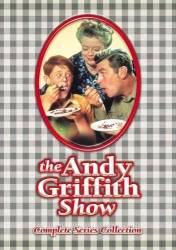Visible crew/equipment: When everyone is at the airport before the flight some chalk T-marks are visible on the floor, such as the one between Andy and Helen when Andy takes the picture of Aunt Bee and her friends. (00:08:45)
Visible crew/equipment: After Andy hatches the plan to have Aunt Bee and her friends pick up their photos at the same time, in the following shot just as Andy walks into the shop, the shadow of the boom mic is moving beside the doorway, at the top left side of the screen.
Visible crew/equipment: After Aunt Bee's flight lands, when it cuts to the hotel lobby there's rug on the floor extending from the front desk to the stairs, but in the next shot as Aunt Bee and her friends walk into the lobby that rug is gone (this doesn't refer to the small rug behind them). Also note the tape mark on the floor where the bellhop stops the luggage trolley.







Answer: As noted in the previous answers, in real life, things like this provided wind and/or rain deflection, and also maintained a bit of privacy when blinds were raised somewhat. The interior courthouse set was located in the studio, so the "outside" Main Street didn't exist. I believe these things were added to the courthouse windows for practicality, to avoid some crew movement being visible on the opposite side of those windows. These are not "window boxes" to hold anything, as they're actually bottomless; we can see the Venetian blind's long pull cords under them. They're made of plywood and simple to build, so the "material and labor" was inexpensive. Similar variations made of different materials are in other movies/shows. In 1957's "12 Angry Men," textured chicken wire glass panels are in the jury room windows, and in "Jesse Stone: Night Passage" another type is in Jesse's office windows.
Super Grover ★